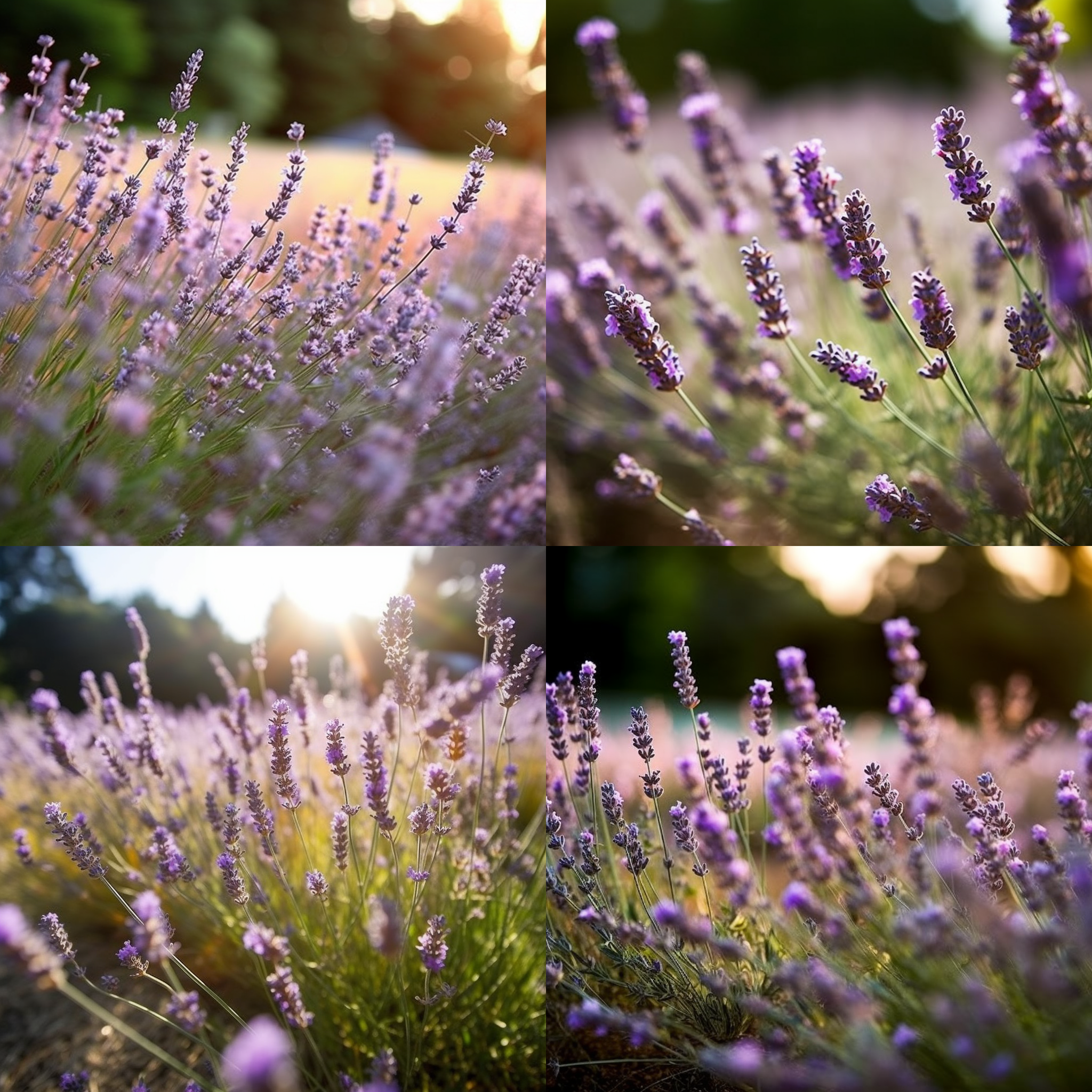Story of Day :
Contents
The Complete Guide and Care Tips for Lavender Plants
Gardening is a hobby that brings immense joy to many people. The sight of beautiful flowers, the fragrance of fresh herbs, and the feeling of being close to nature can be very therapeutic. One such plant that not only adds beauty but also has numerous benefits is lavender. If you’re looking to grow lavender plants in your garden or indoors, this guide will provide you with all the necessary information about this wonderful plant.
Introduction to Lavender Plant

Lavender (Lavandula) is a flowering perennial plant belonging to the mint family (Lamiaceae). It’s native to parts of Europe, Africa, and Asia but is now grown worldwide as an ornamental plant for its fragrant flowers and foliage.
Types of Lavender Plants

There are over 40 species of lavender plants with several cultivars available in each species. Here are some popular types:
- English Lavender (Lavandula angustifolia): This type has a sweet fragrance and is popularly grown for its essential oil production.
- French Lavender (Lavandula stoechas):This type has a distinctive butterfly-like flower shape; it isn’t as hardy as other varieties.
- Spike Lavender (Lavandula latifolia):This type produces high-quality essential oil used by perfumers due to its strong camphoraceous scent.
Lavender Plant Care Tips

To ensure your lavender thrives and blooms beautifully following these care tips:
Sunlight Requirements:
Lavender plants need full sun exposure to grow well. They require at least six hours of direct sunlight daily.

Soil Requirements:
The ideal soil for lavender is well-drained, slightly alkaline (with a pH between 7 and 8), and not too rich in nutrients. If the soil is heavy or clayey, improve drainage by adding sand or other organic matter before planting.
Watering:
Lavender plants do not like wet feet; they prefer dry conditions with moderate watering once every week in hot weather but less frequently in cooler weather.
Fertilizer:
Fertilize your lavender plant sparingly as it does not like to be overfed. Use a low-nitrogen fertilizer twice a year, preferably before growth periods during spring and autumn.
Uses of Lavender Plants
Lavender has many uses beyond its beauty and fragrance; here are some examples:
- Essential Oil Production: The oil extracted from lavender flowers has several health benefits such as reducing anxiety, improving sleep quality, aiding digestion e.t.c
- Culinary Purposes: Dried Lavender leaves have a sweet flavor mostly used for baking purposes like cakes ,biscuits etc.
- Aesthetic Uses: Dried Lavender can be used for making potpourri or wreaths used decoratively .
Pests and Diseases that Affect Lavender Plants
The following pests commonly attack lavender plants :
- Spider Mites :This tiny bugs suck the sap from leaves causing them to turn yellowish .
- Lavender Tip Moth :Affects the tip of the lavender plant causing it to die off.
- Slugs and Snails :Eat holes in leaves and flowers.
The following diseases commonly affect lavender plants:
- Root Rot :This is caused by overwatering or poor drainage. The roots become waterlogged, making them susceptible to fungal infection, leading to wilting of leaves and death of the plant.
- Gray Mold :This is a fungal disease that causes leaf spots, stem rot, and flower blight. Gray mold thrives when there’s high humidity or too much moisture around the plant.
Conclusion
Growing lavender plants can be a rewarding experience for any gardener. The tips we’ve provided will help you grow healthy plants that are beautiful with sweet fragrances. Remember to provide plenty of sunlight while keeping soil well-drained , moderate watering, minimal fertilization ,and guard against pests and diseases by monitoring your plant regularly . If you follow our guide closely, you’ll enjoy beautiful blooms from your lavender plants year after year!
